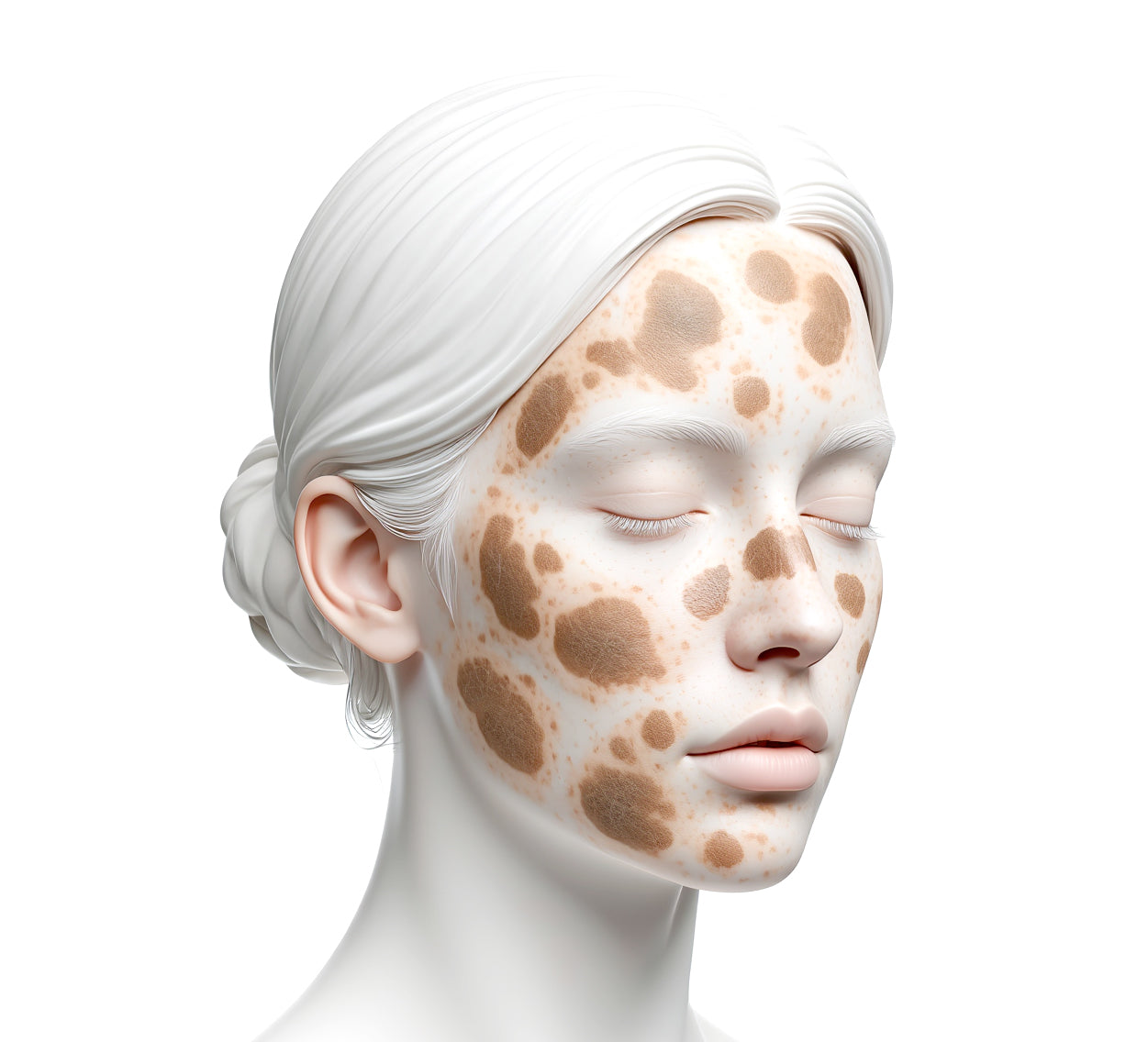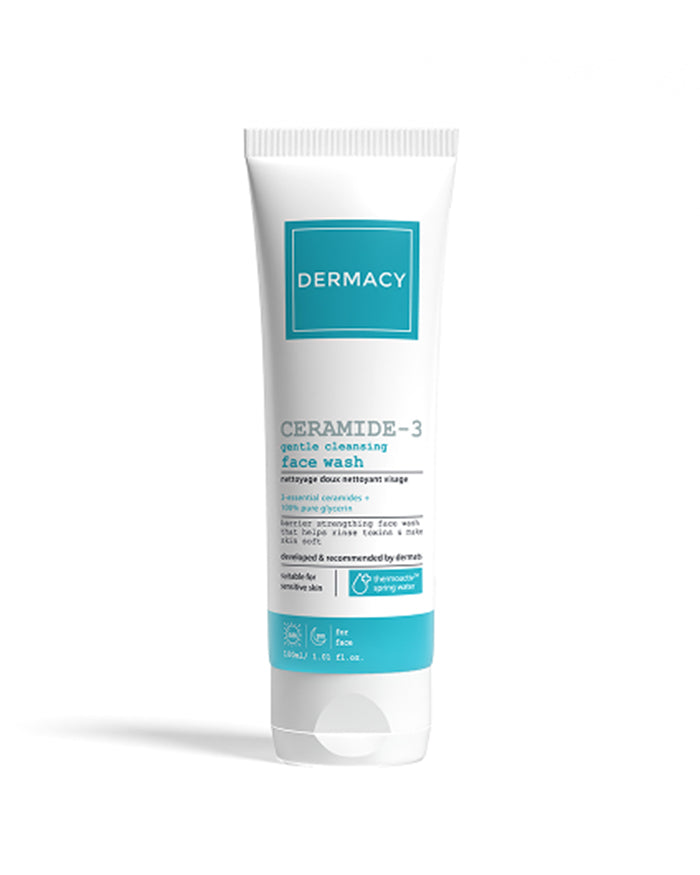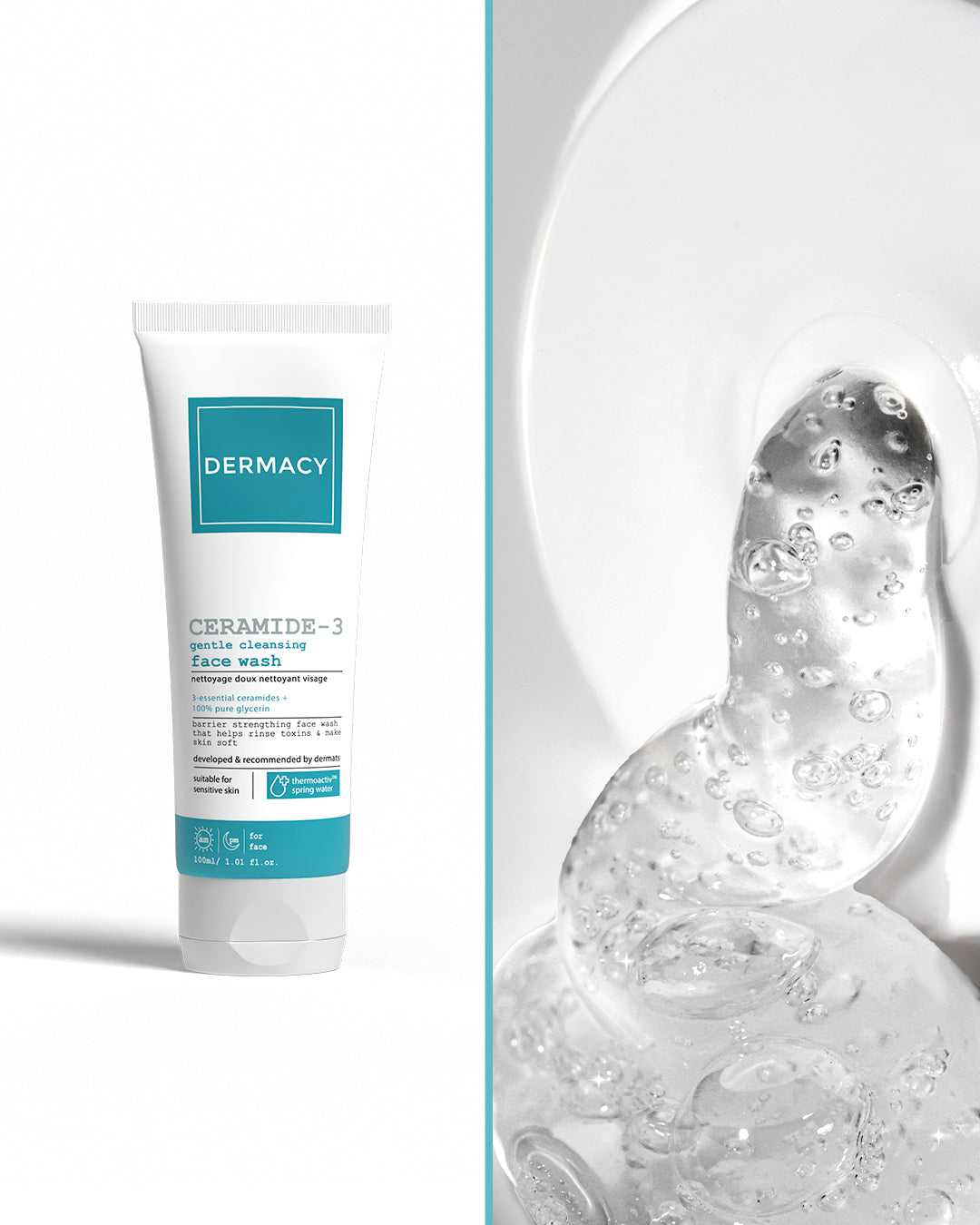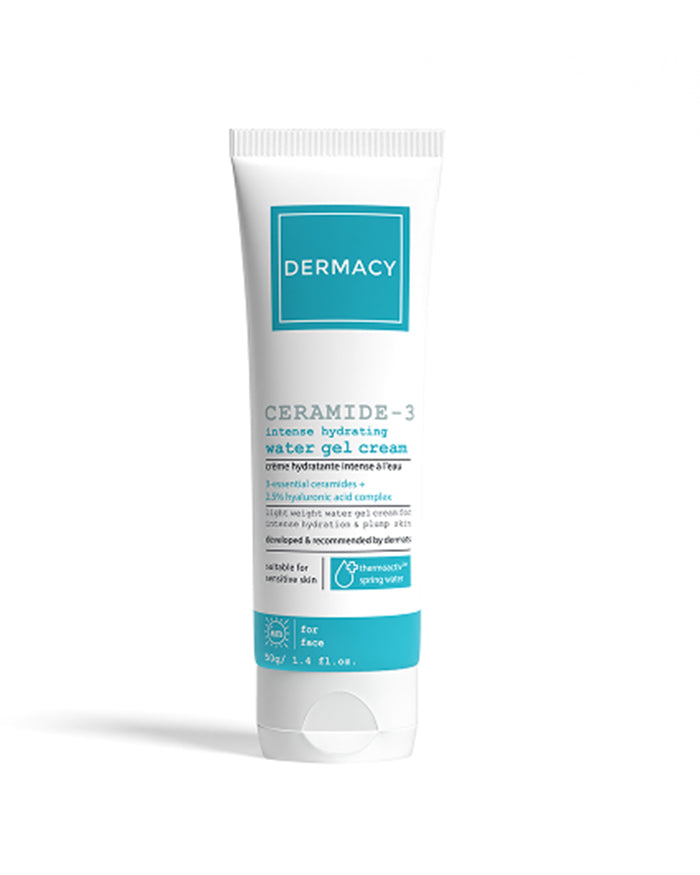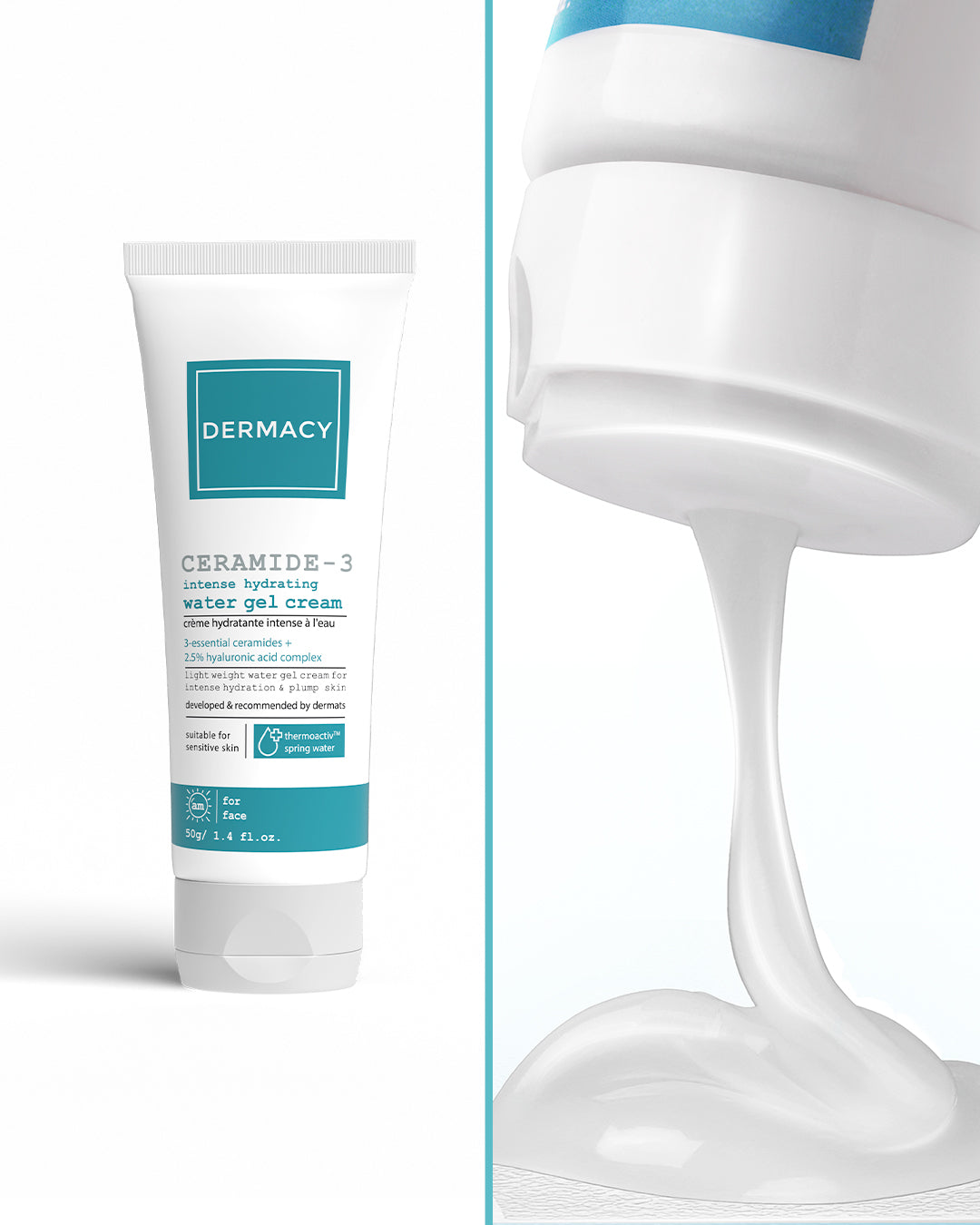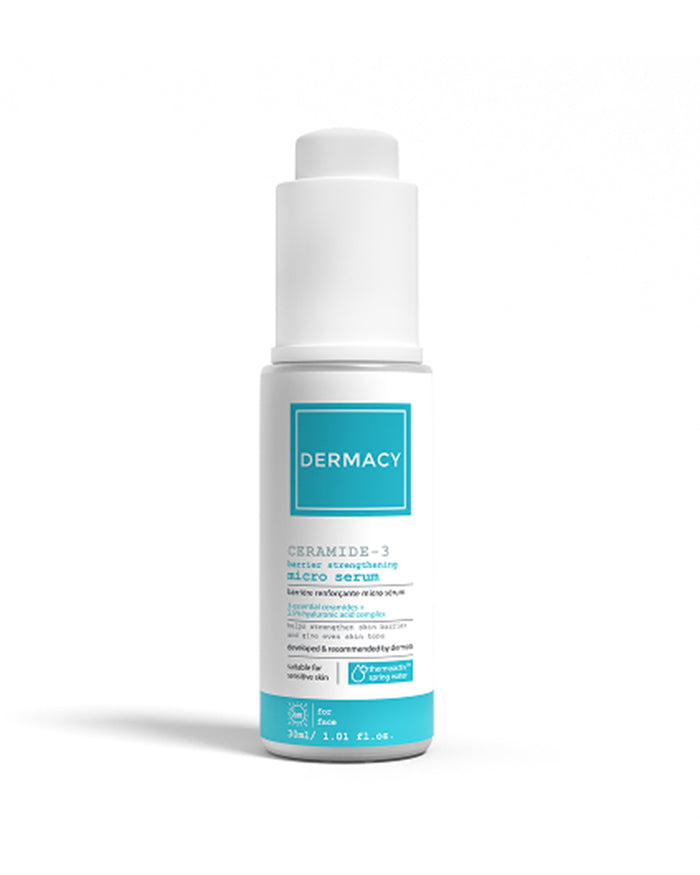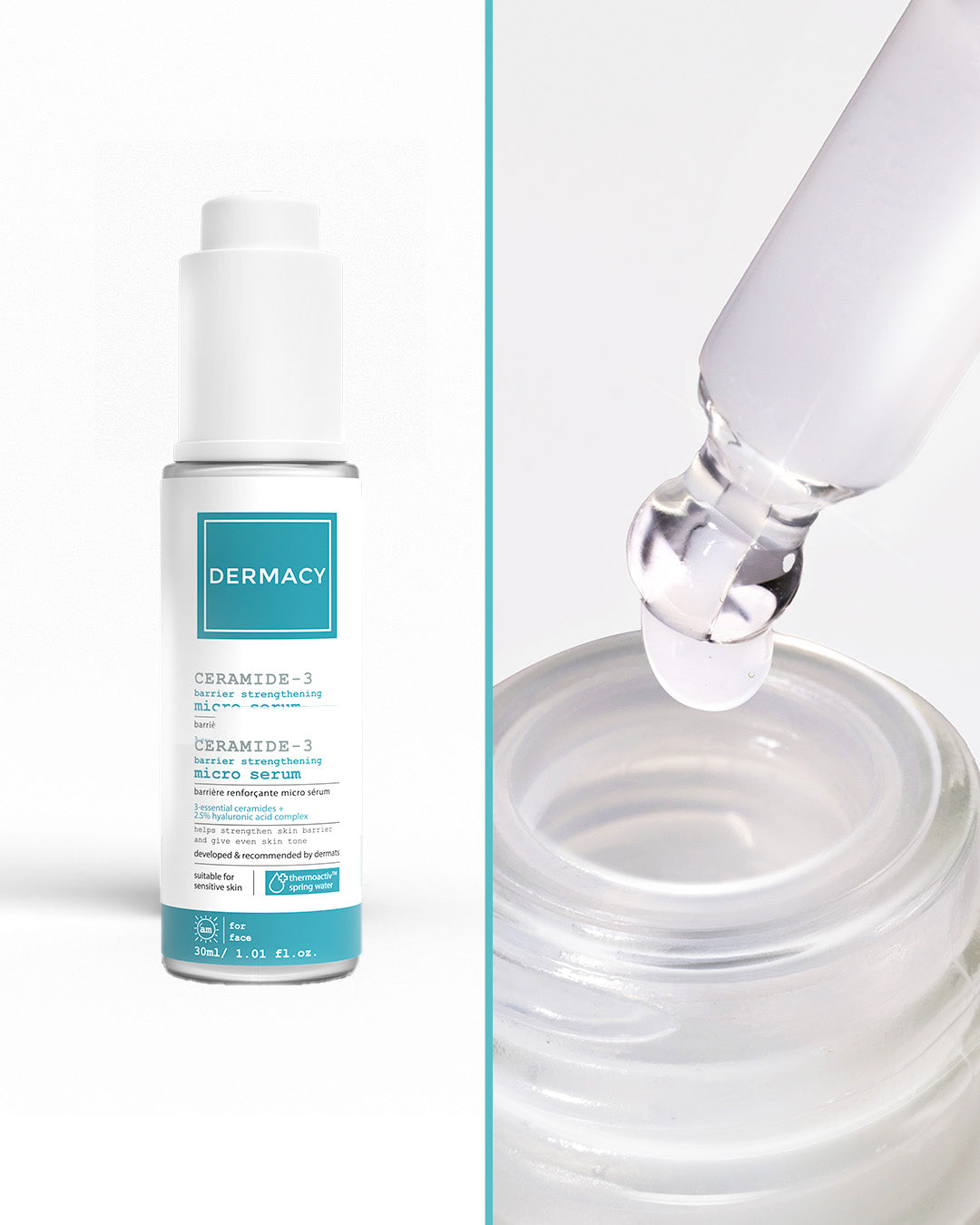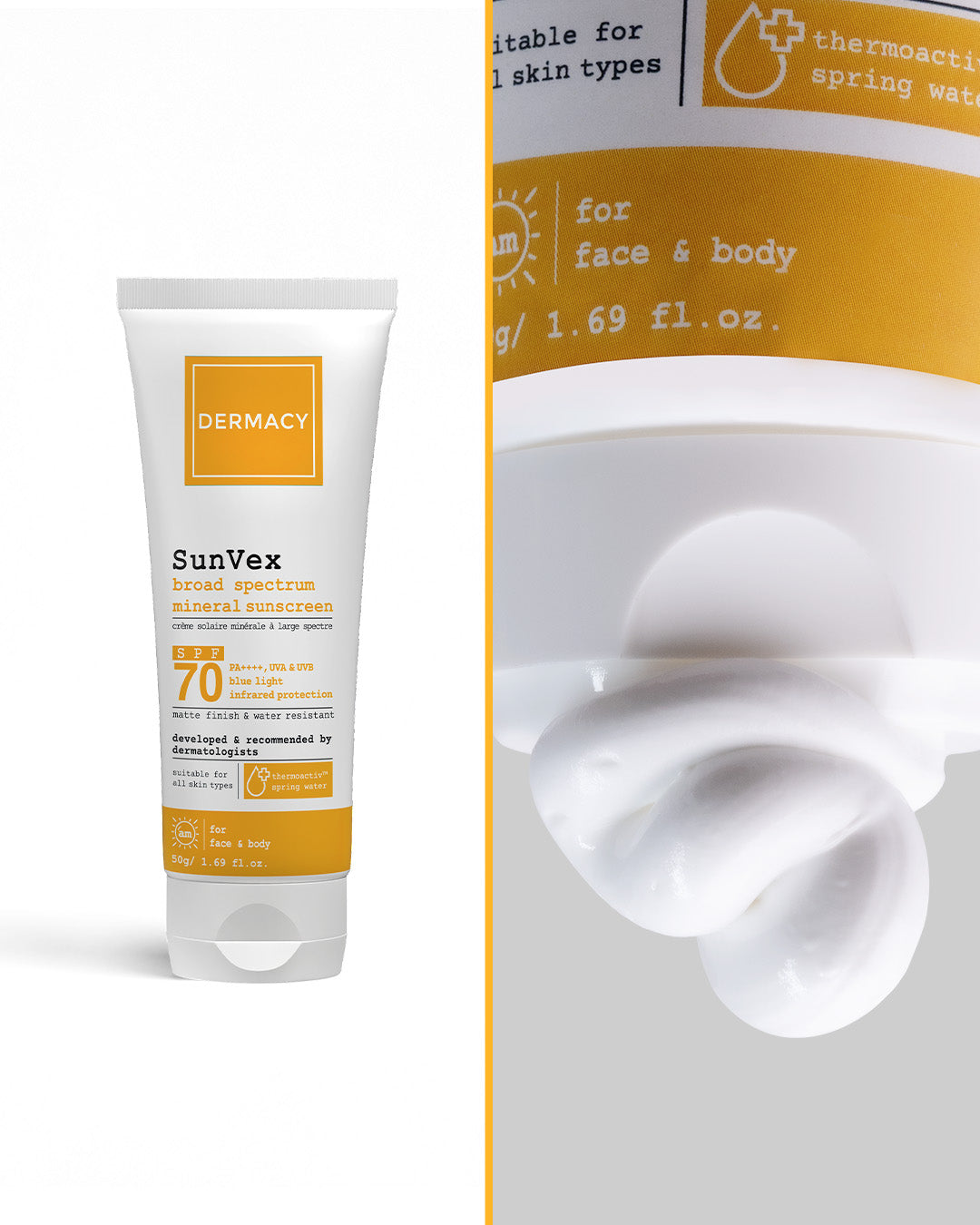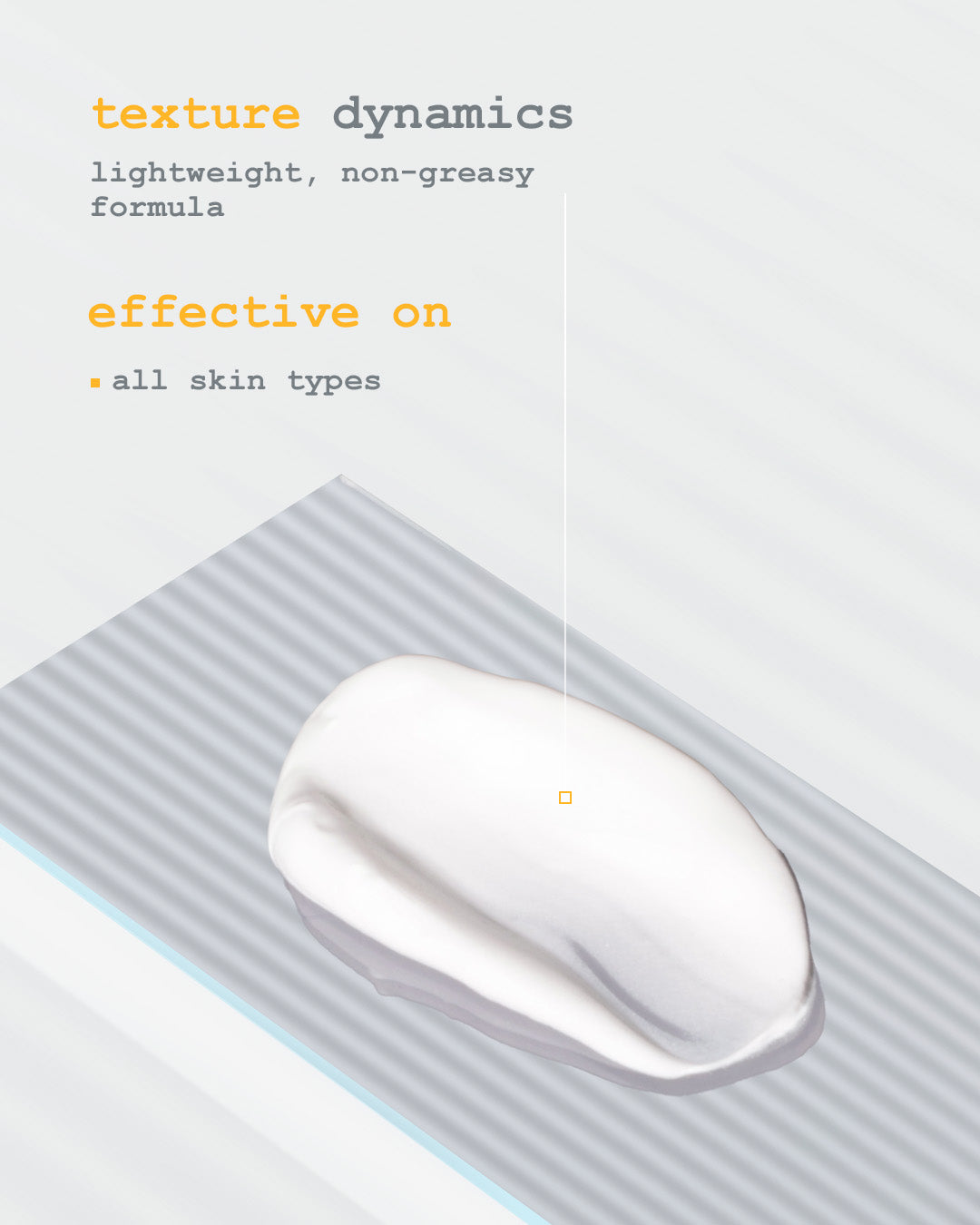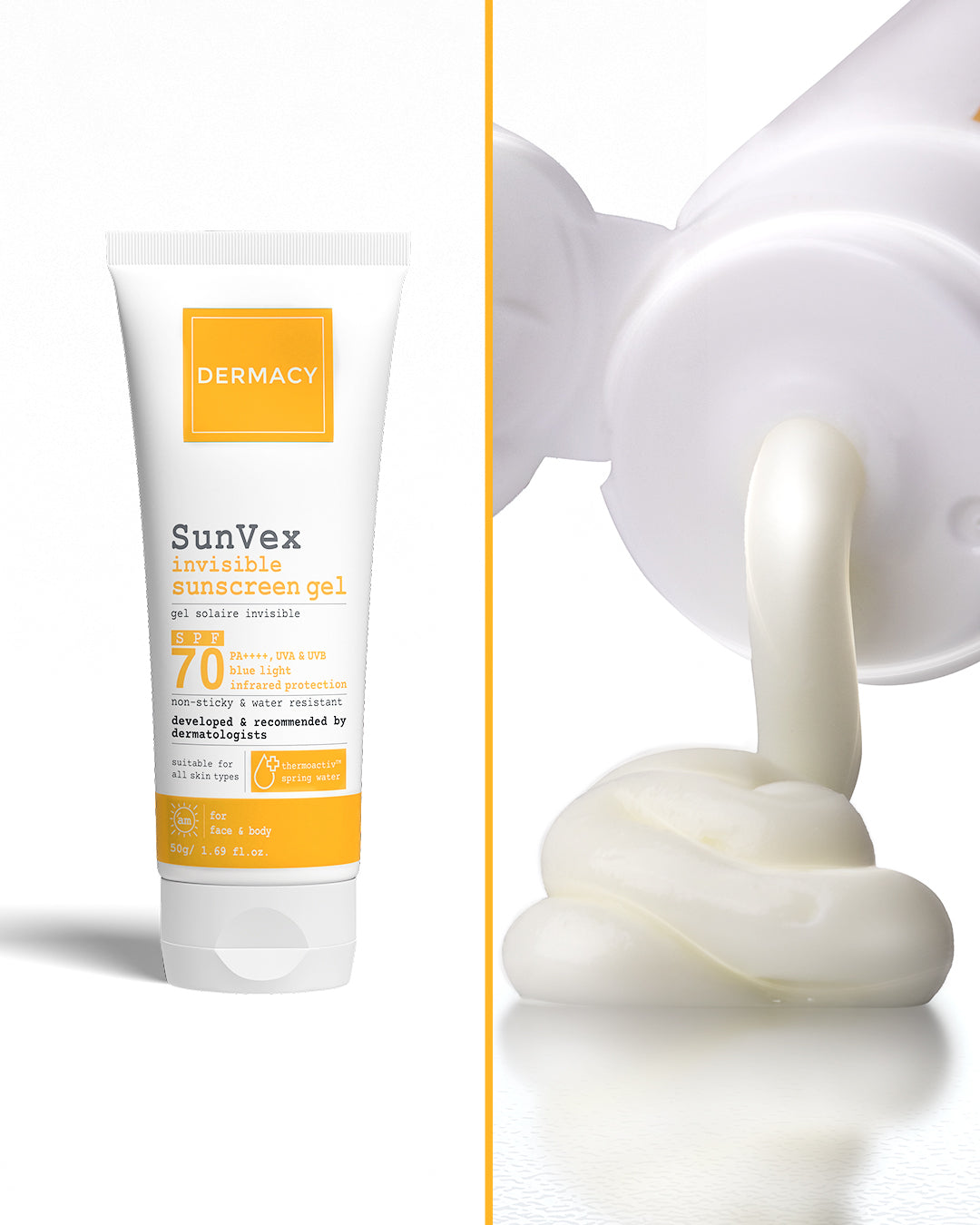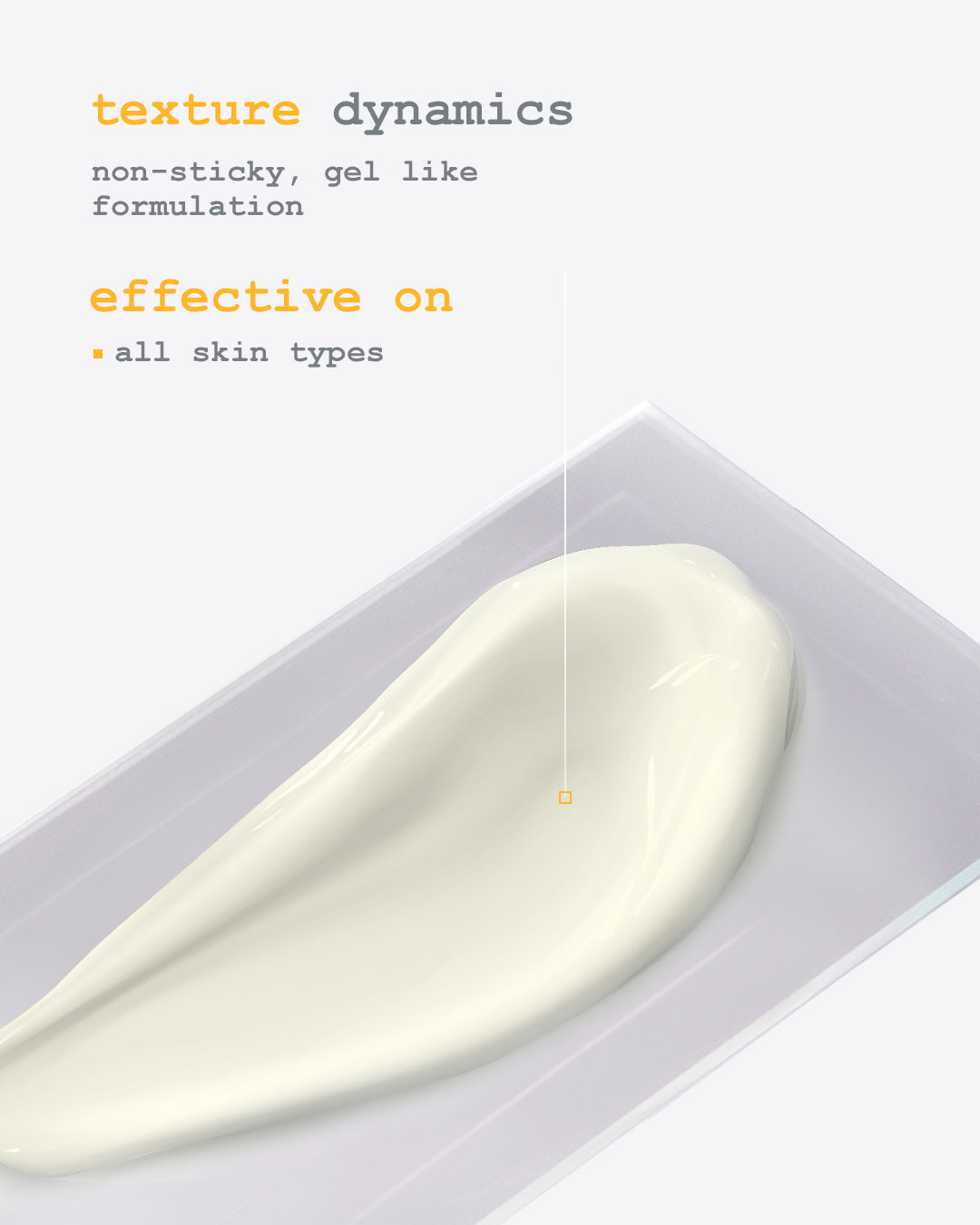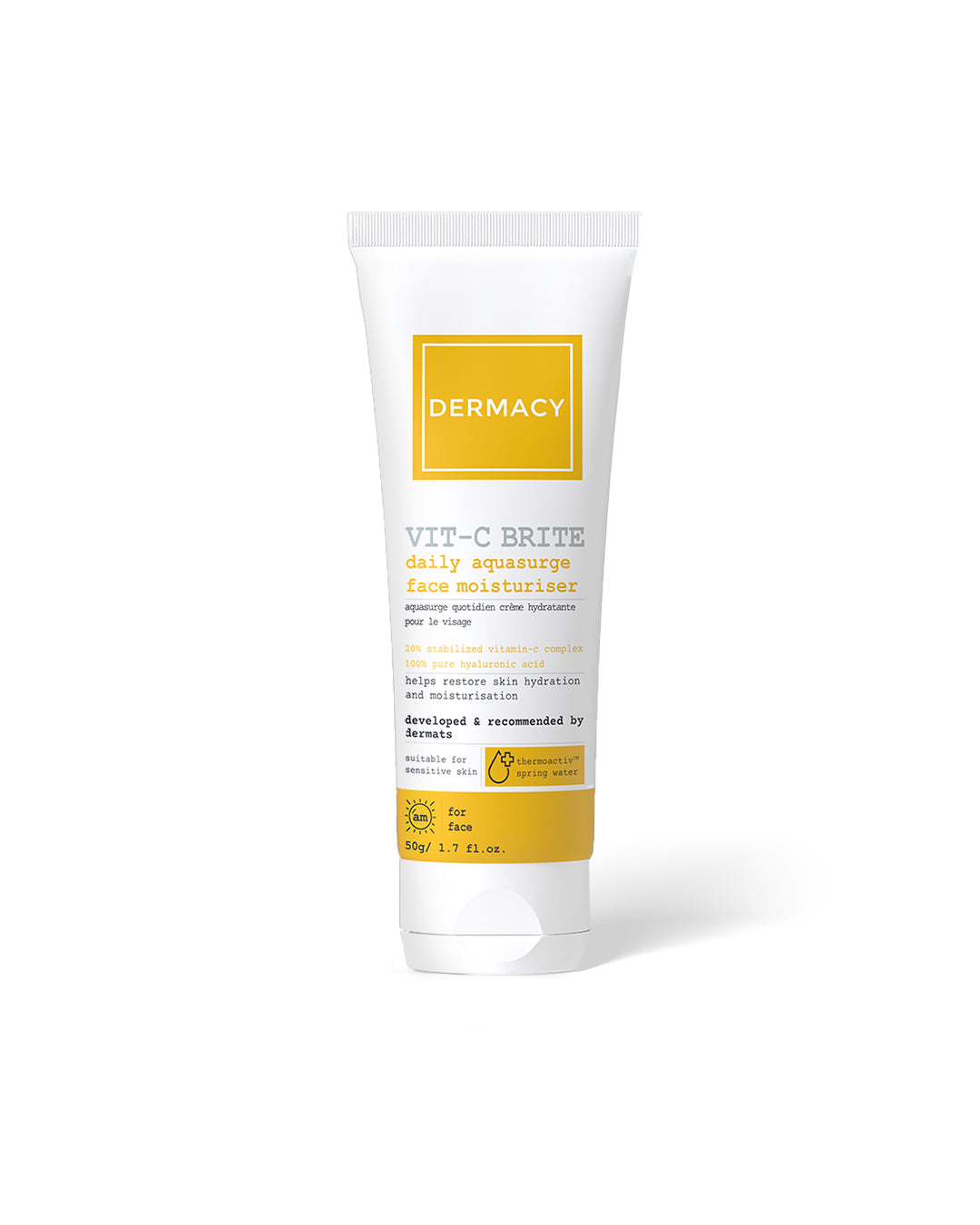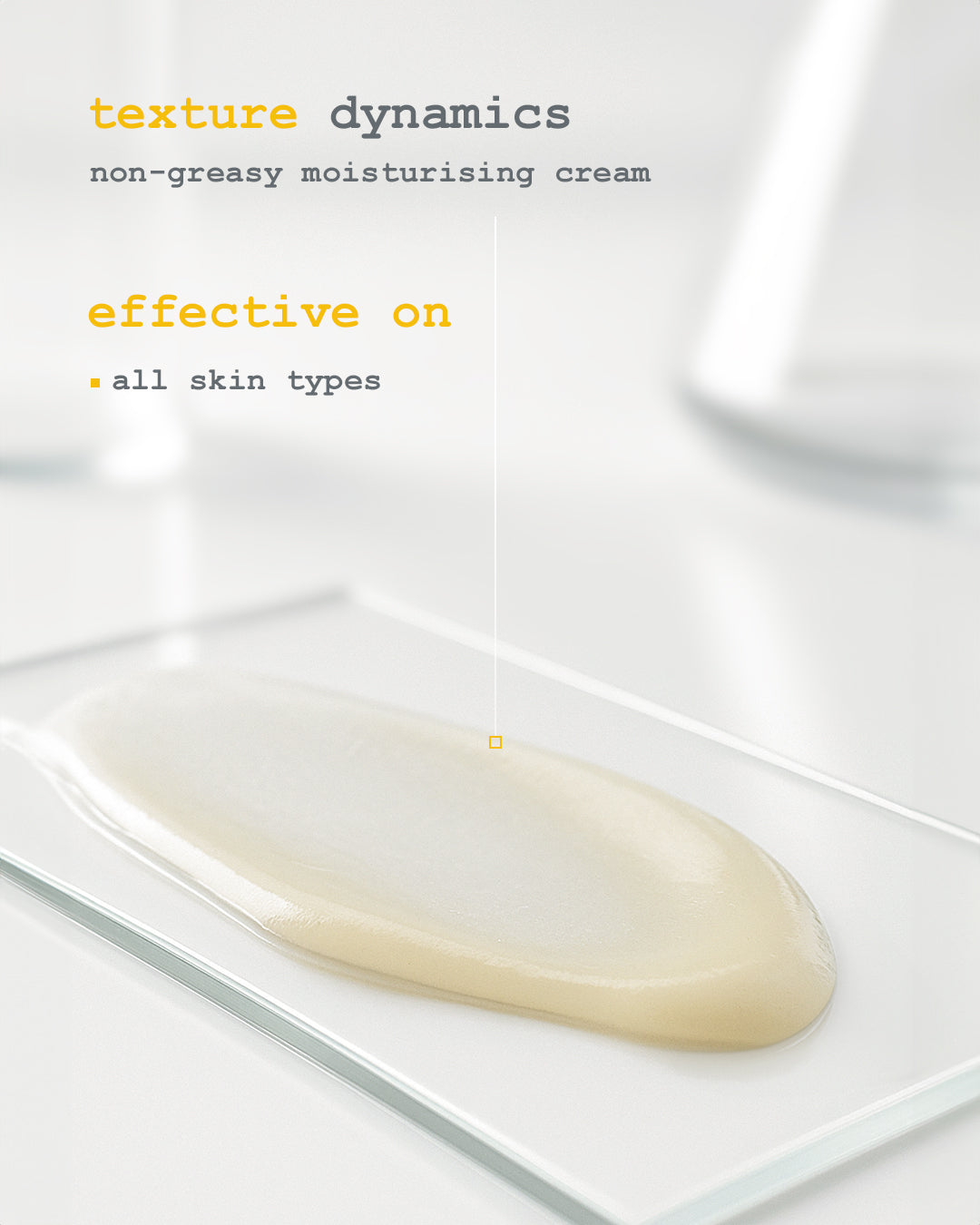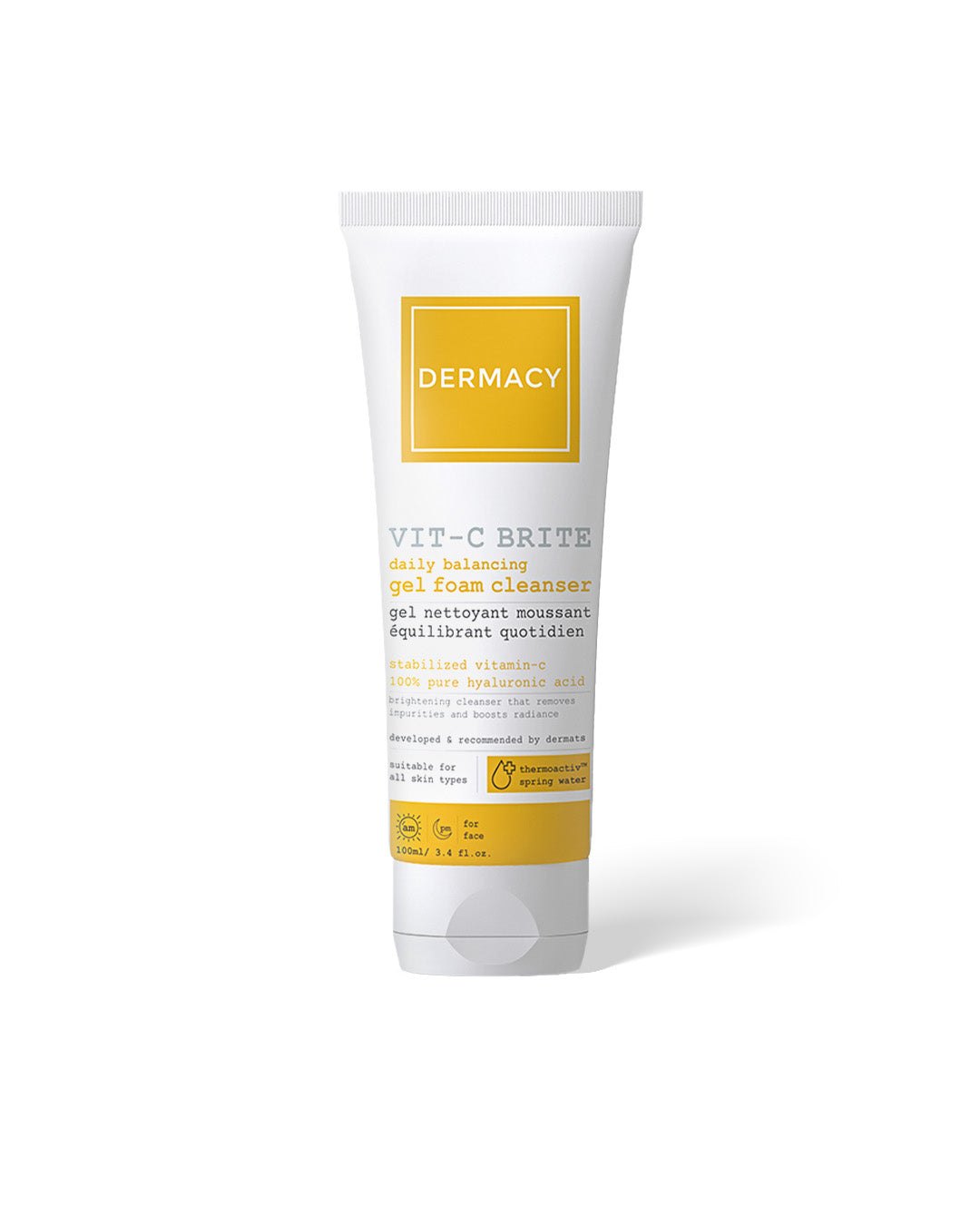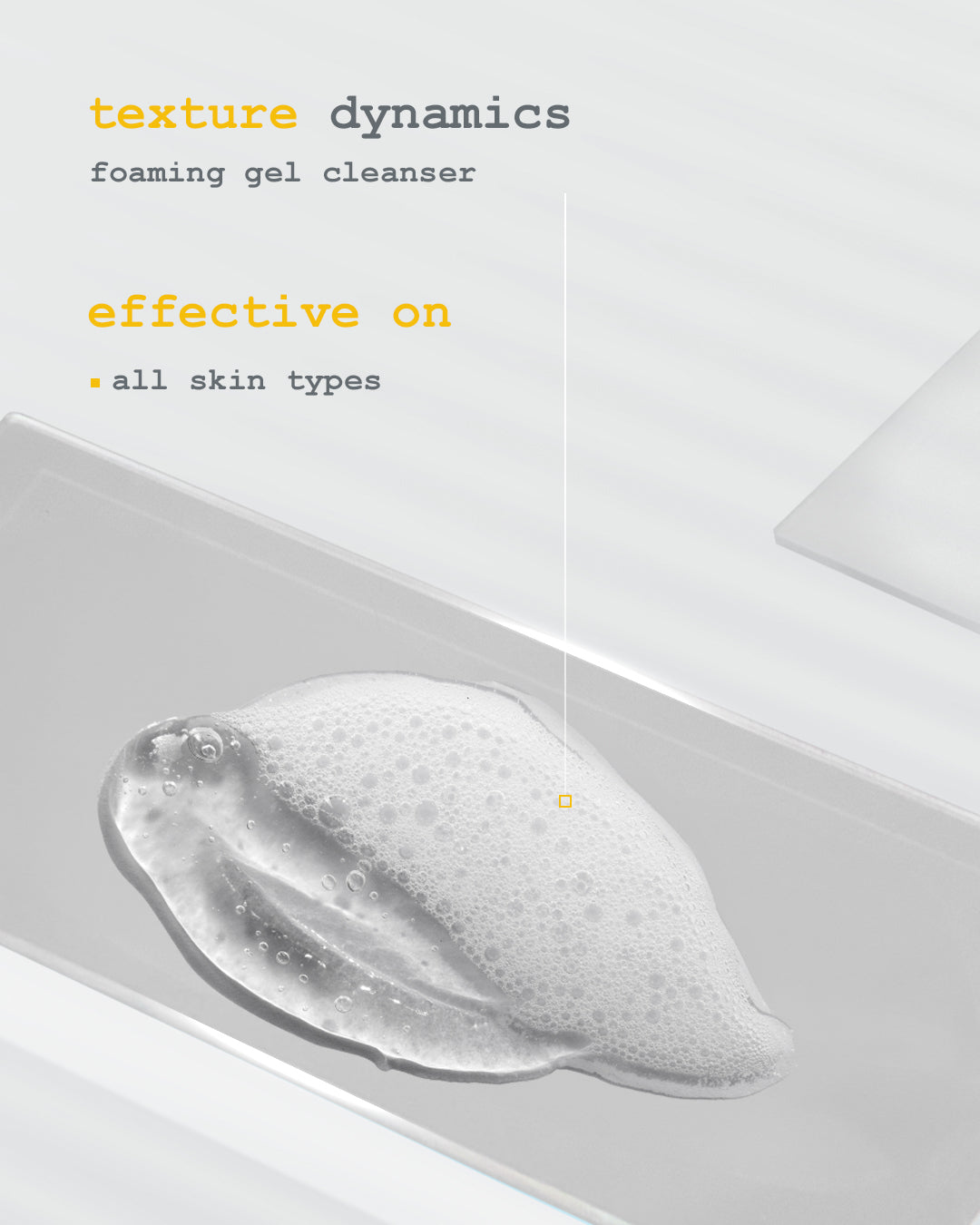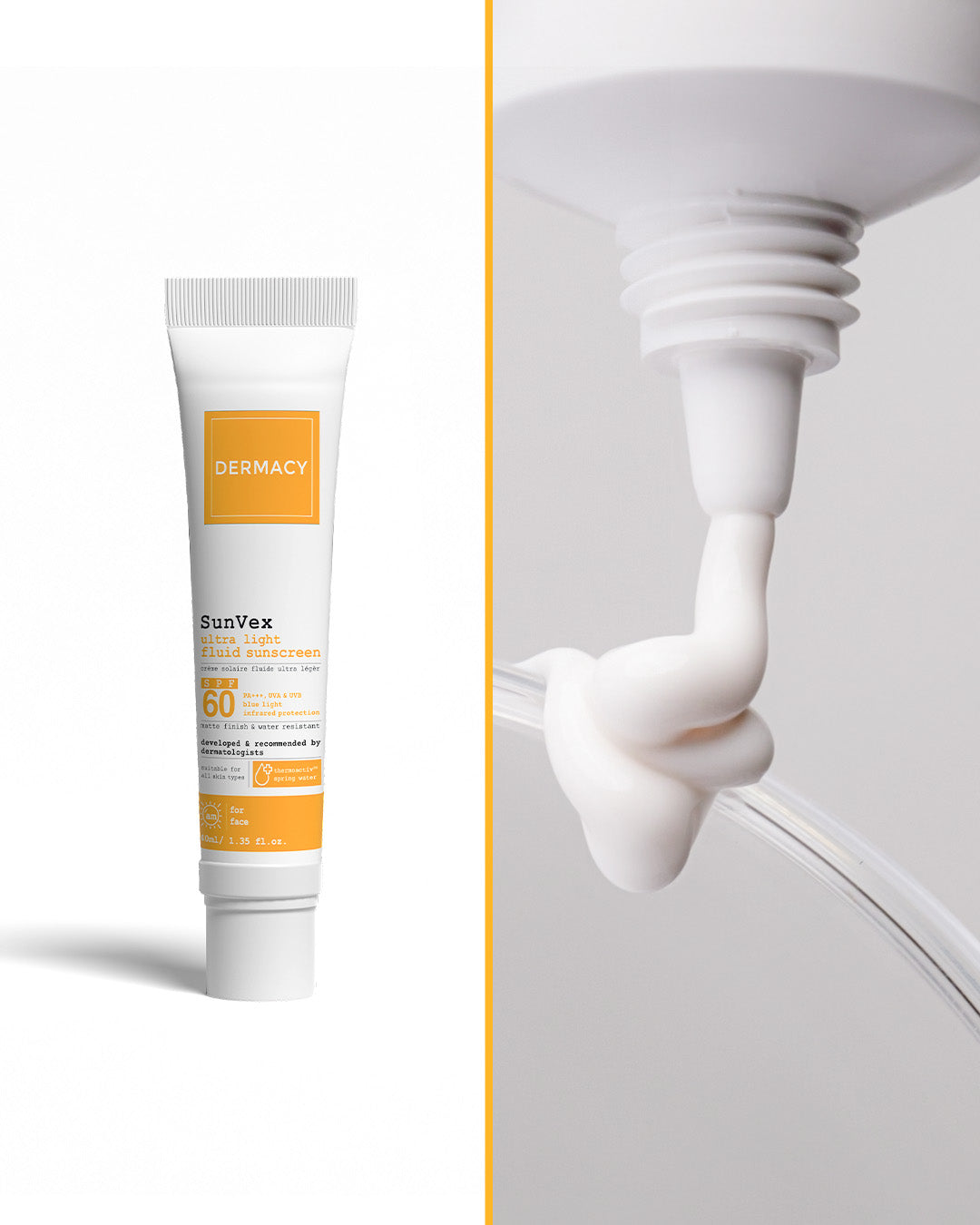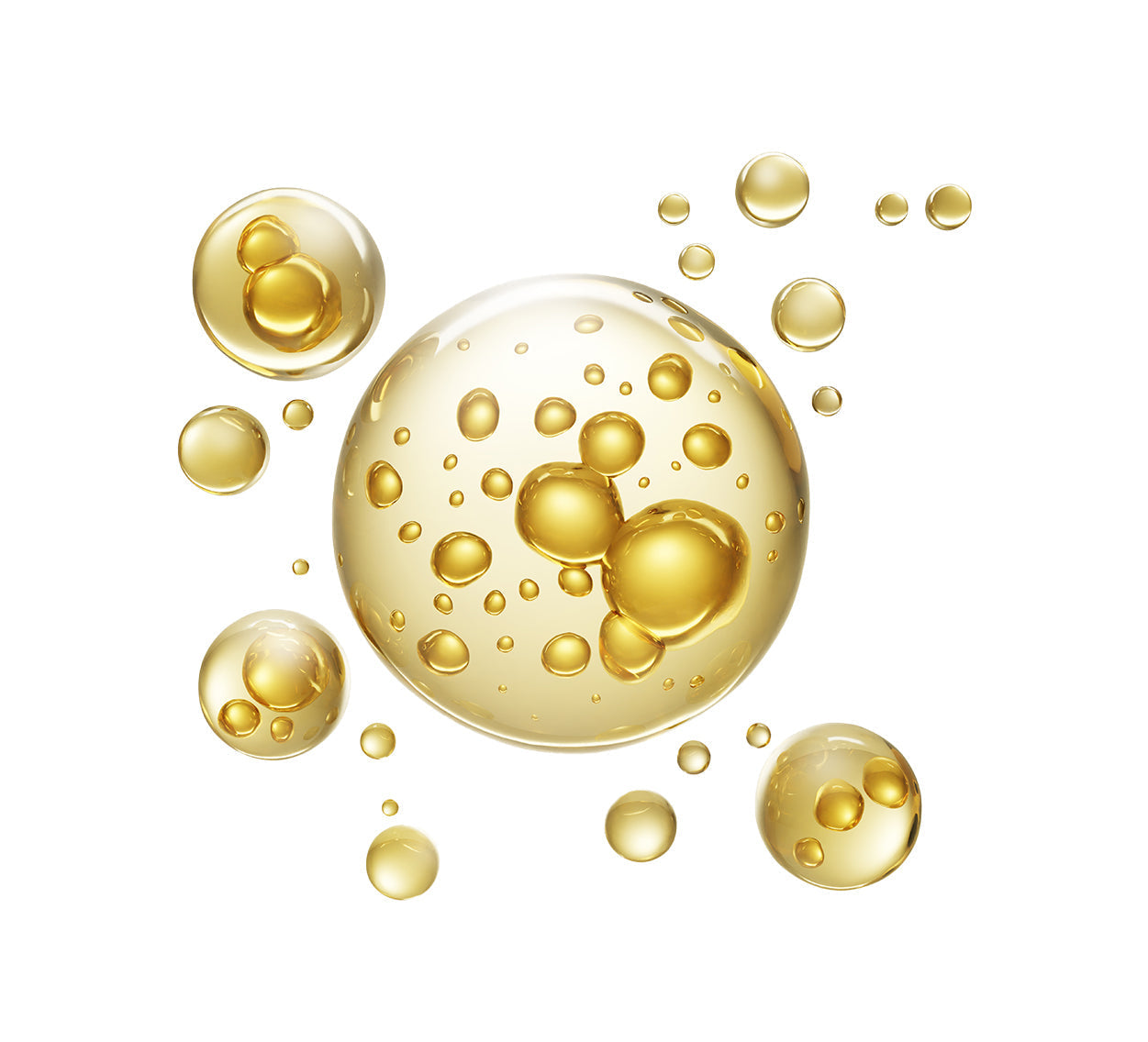The Skin Microbiome: A Foundation for Healthy, Balanced Skin
What Does the Skin Microbiome Do?
The skin microbiome includes bacteria, fungi, and other microbes that naturally inhabit the skin’s surface. While invisible, these organisms are vital in:
- Defending against pathogens
- Supporting skin barrier integrity
- Regulating skin inflammation
- Maintaining optimal skin pH balance
How the Skin Microbiome Functions
Your microbiome creates a protective layer that supports immune response, regulates oil production, and prevents overgrowth of harmful bacteria. It functions best in a slightly acidic environment (pH 4.5–5.5), which is why maintaining skin pH balance is essential.
Disruption—via harsh cleansers, over-exfoliation, or antibacterial products—can impair microbial diversity and damage the skin barrier.
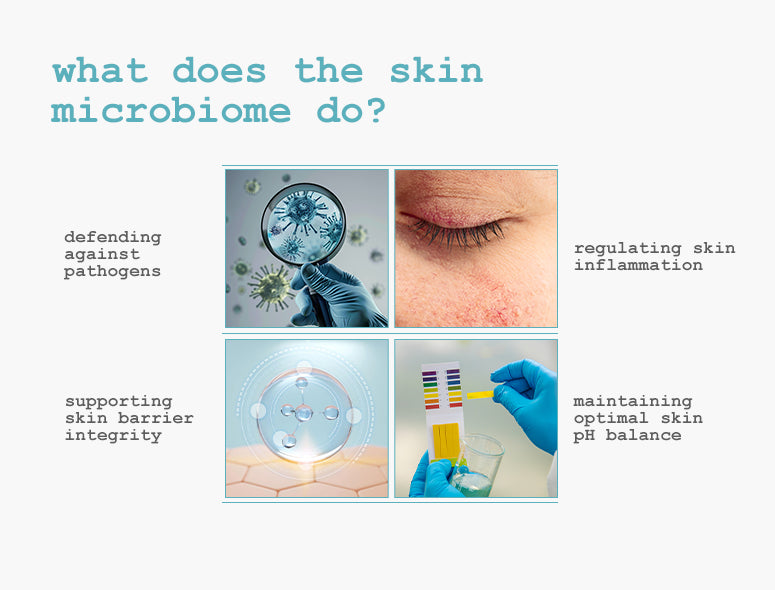
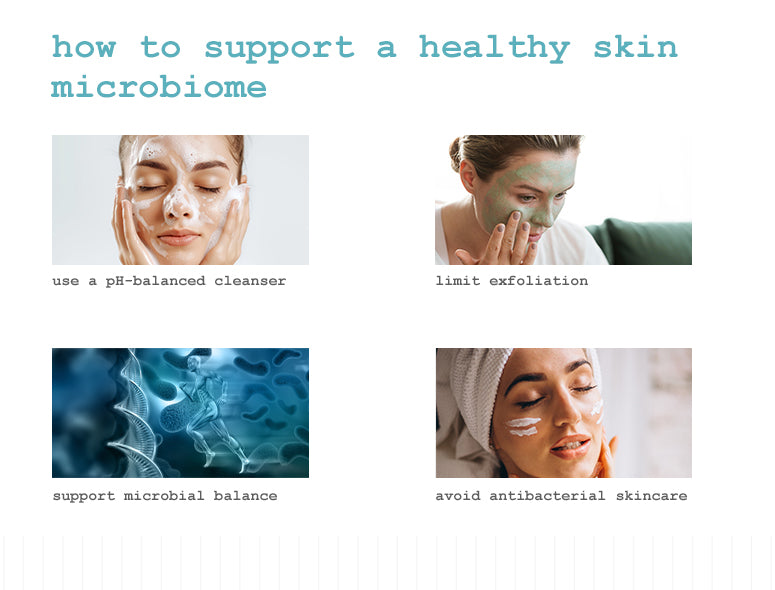
How to Support a Healthy Skin Microbiome
Use a pH-balanced cleanser
Avoid alkaline soaps or aggressive surfactants that disturb the skin’s acid mantle
Limit Exfoliation
Excessive use of acids or scrubs can lower microbial resilience. Limit exfoliation to 2–3 times weekly.
Support Microbial Balance
Look for prebiotics, probiotics, and postbiotics in skincare formulas:
- Prebiotics – Nourish beneficial microbes (found in hydrating serums)
- Probiotics – Promote balance (seen in moisturizers with lactobacillus)
- Postbiotics – Strengthen skin recovery (commonly in night creams for dry or sensitive skin)
Unless medically necessary, avoid antibacterial toners or soaps that may reduce healthy microbial diversity.
Final Takeaway
The skin microbiome is not something to fight—it’s something to protect. With a balanced routine that includes a pH-balanced cleanser and microbiome-friendly ingredients, you can reduce skin inflammation, reinforce your skin barrier, and build healthier skin over time.





